Late last week, Sony PlayStation head, Jim Ryan, announced his resignation.
Good.
Ryan joined the company in 1994, just before the launch of the PlayStation. That’s a 30-year tenure, and there’s no doubt that he was instrumental in the company becoming the entertainment behemoth that it is today. During that time he held a variety of roles. Beginning his career in Europe, he became the Co-Chief Operating Officer and Executive Vice President of SIEE, before being named President and CEO in 2011. Then, in 2016 he was appointed the Head of Global Sales and Marketing, and then, just a few years later in 2019, Ryan was named President and CEO of the entire company.
However, while his track record in building up the company is undisputed (Sony is particularly dominant in Europe, where Ryan spent much of his career), not once has Ryan held a creative role as a game developer. In fact, he hasn’t even acted as the producer of a game. He is the quintessential man in a suit, and that is a toxic, hyper-capitalist type that needs to get the hell out of the arts.
Ryan never cared whether he was selling art or Campbell Soup cans. We know this because he explicitly said it. Ryan is a driving reason for why Sony’s back catalogue support has been so anaemic. Back in 2017 he said “When we’ve dabbled with backwards compatibility, I can say it is one of those features that is much requested, but not actually used much… That, and I was at a Gran Turismo event recently where they had PS1, PS2, PS3 and PS4 games, and the PS1 and the PS2 games, they looked ancient, like why would anybody play this?”
Ryan said that because, to him, games have no value beyond their marketability. It’s true that retro games don’t have the same dollar value today as new games do. You can’t sell Gran Turismo 1 for what you can sell Gran Turismo 8, and so to a person like Ryan, Gran Turismo 1 isn’t worth anything. Never mind its historical value as a pioneer in racing games. Never mind the fact that older games have an aesthetic value all their own. None of that mattered because to a person like Ryan, an “old game” is little more than a can of soup that has gone past its use-by date. It’s a derelict product.
For similar reasons Ryan was instrumental in moving all of Sony’s efforts to the US market, producing ever-bigger budget efforts to clone the success of Disney at the expense of everything else. Meanwhile, the enormously talented Japan Studio, which has arguably produced or supported more artistic masterpieces than any other developer, was unceremoniously dumped in 2021 because its games were a harder sell than yet more Spider-Man or a dose of Neil Duckmann’s ego. Gravity Rush was never going to be a AAA-property, so it had no value to Ryan’s Sony. But viciously shallow fare like The Last Of Us? Oh yeah, Sony can’t remake those games quickly enough (even though the original was already playable on the console the remake was released on).
Likewise, Ryan oversaw Sony’s shift from being a publisher of lots of interesting games, to being a publisher of just a few big ones. Back on the PlayStation 3, Sony was arguably the most prolific supporter of quirky little art games from third parties. Remember Journey? Flower? Flow? Rain? Puppeteer? Heavenly Sword? Folklore? Heck, remember how Demon’s Souls was actually an incredibly brave title because nothing like that existed before?
Remember Oreshika on the PlayStation Vita, or Soul Sacrifice? Freedom Wars?
Not all of these games were great, of course, but also some were breakout works of creative brilliance. Sadly, the difference between caring about art and wanting to manufacture products is that you understand that sometimes art isn’t great, and that’s okay. To Ryan, in his almost peerless efforts to soupcanize the video game industry, the only tolerable outcome was blockbuster content that “fans” had already frothed themselves into a psychotic rage for before they’d even played it.
That speaks to another feature of Ryan’s leadership. The man with his marketing background would rather spend money on narcissistic advertisements than funding a dozen smaller game projects with the budget. I’ll never forget the time I got PR from Sony about a stupid “cinematic advertisement”, as though that was something that was somehow newsworthy. Not that this wasn’t smart, of course. Following the Hollywood model, you can buy your way to a successful product if you commit enough to both making it look pristine and marketing it. It does not matter how good the game is. By the time people are looking at it with a sober enough mindset to realise that it wasn’t really that good, you’ve already well and truly made your money from it.
And, again, Ryan didn’t care about quality anyway. It was all about blockbuster sales for him, never about helping video games realise their art potential. If there is a single game from Sony that is still revered in 100 years, that artistic longevity will come from pure coincidence, not from any effort to invest into something meaningful and timeless. Death Stranding is a good candidate, but even there, it’s hard to believe that Ryan either understood or cared about the game. Almost certainly, Ryan and his people saw an opportunity to take on commercial darling, Hideo Kojima, and get their own Metal Gear Solid out of the very public falling out with Konami. I would have loved to be a fly on the wall and see Ryan’s face when he saw what that game actually was. Nonetheless, that was a creative, artistic game, so congratulations must go to Ryan there. Other than it, however, Sony’s focus was very much on profiting from the transient excitement that big-budget content generates.
I have little faith that Sony is going to reverse course now. Ryan may have spearheaded the transformation from game publisher to content mill, but there are plenty of others left to carry out this vision of Sony. The company currently has an interim CEO, but I’ve no doubt the proper replacement for Ryan will be cut from the same cloth.
Nonetheless, I’m glad he’s gone. Even if the toxic capitalism that has completely overwhelmed video games produces two suit-wearing hydra heads for every one that gets taken out of play, it’s still satisfying to see that one go.
Thanks for ruining one of my favourite game publishers, Jim.

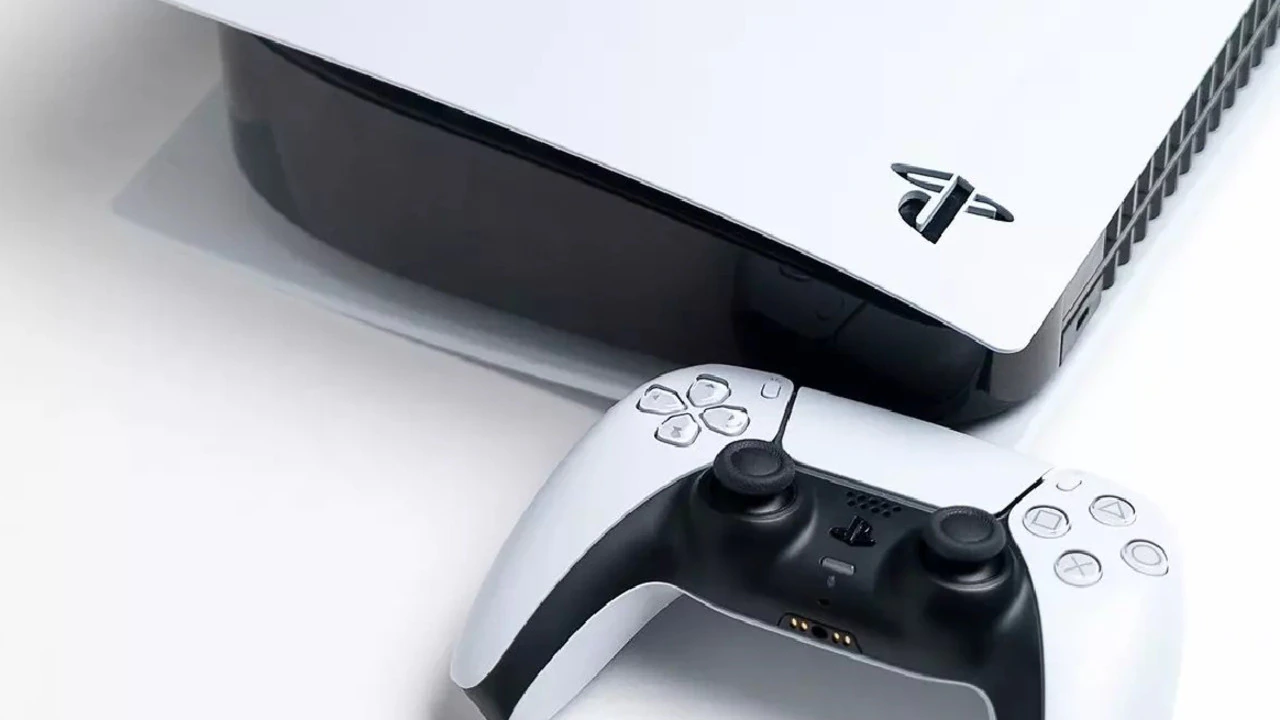
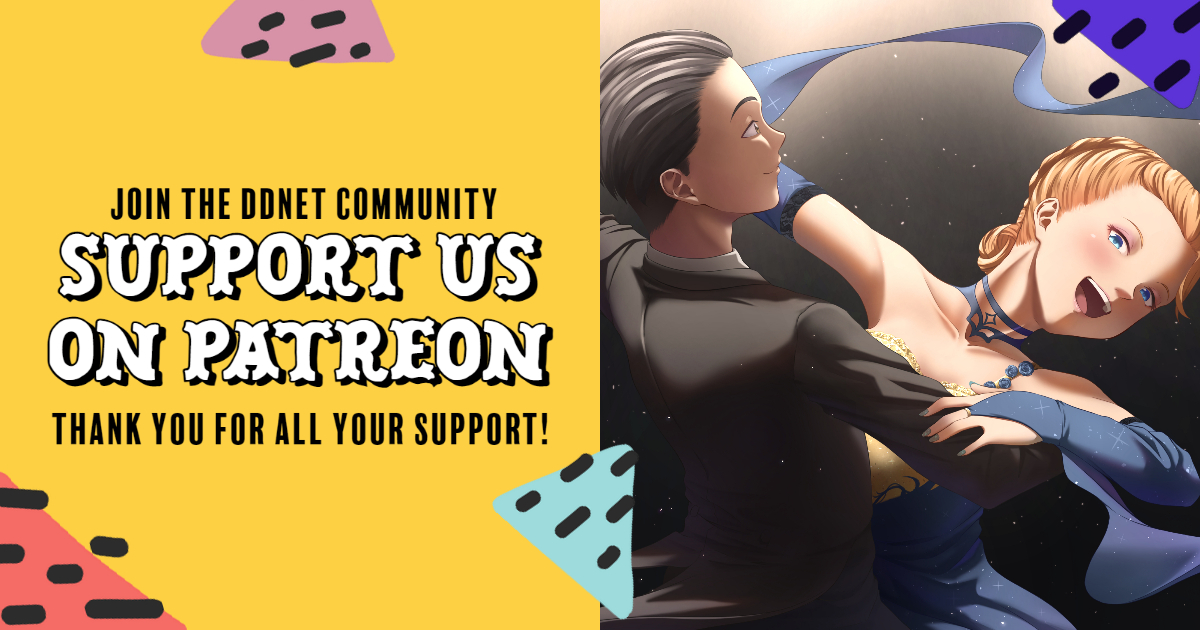
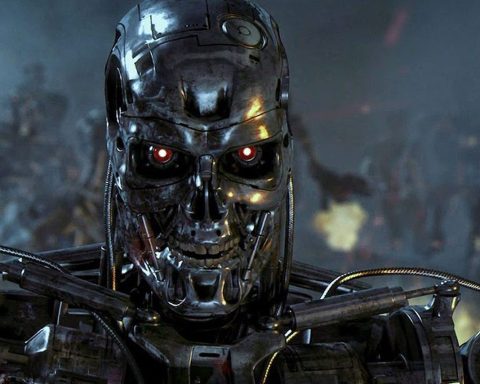

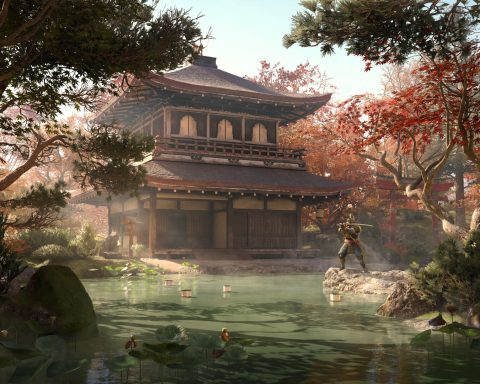
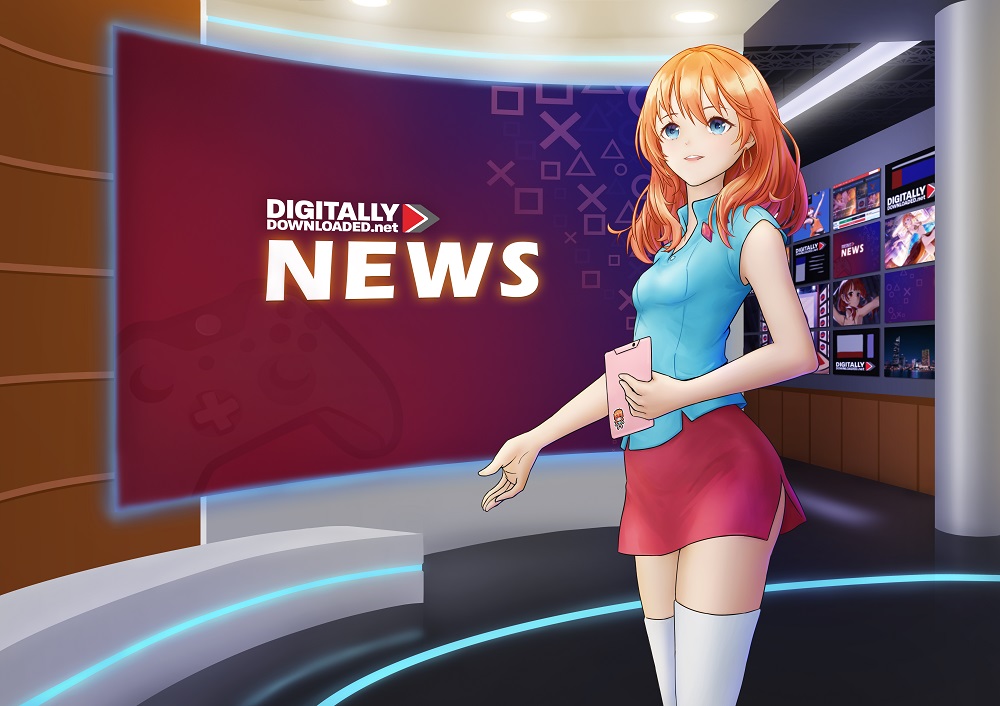
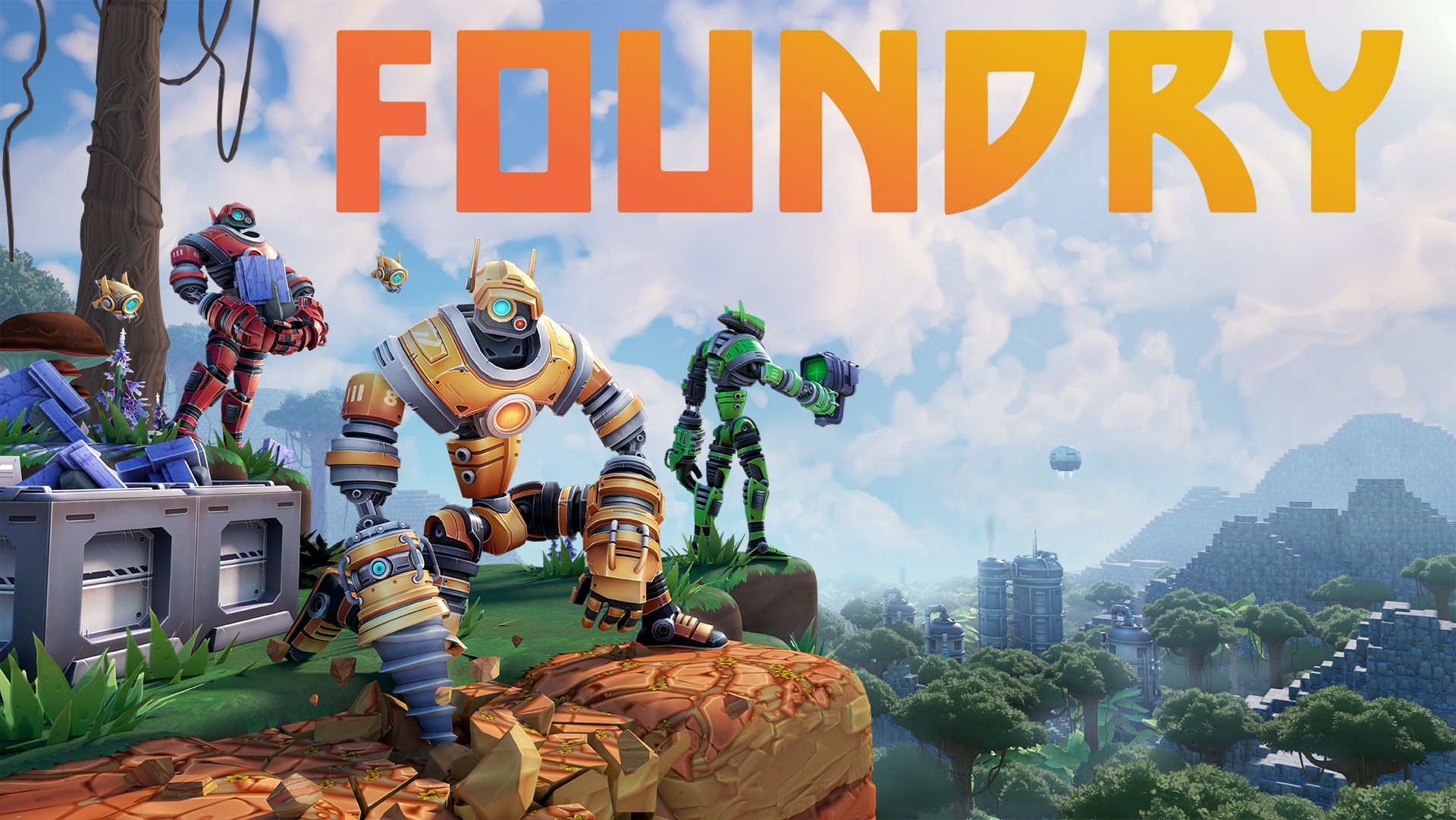

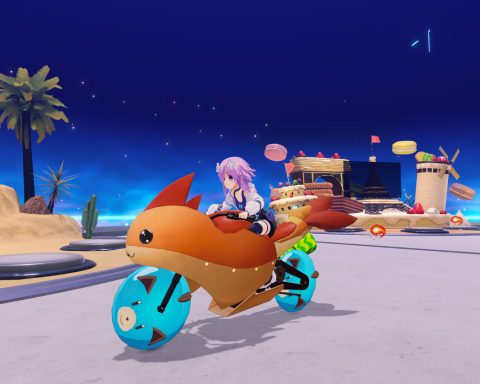
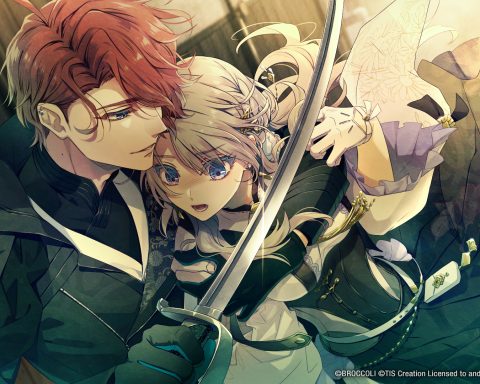
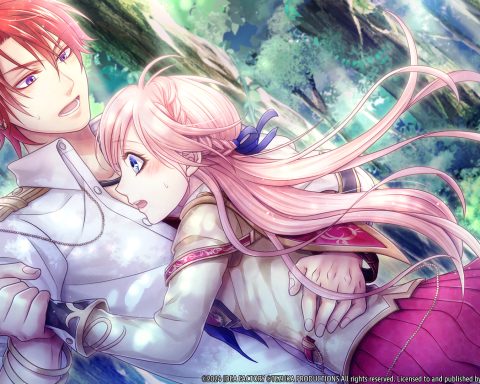
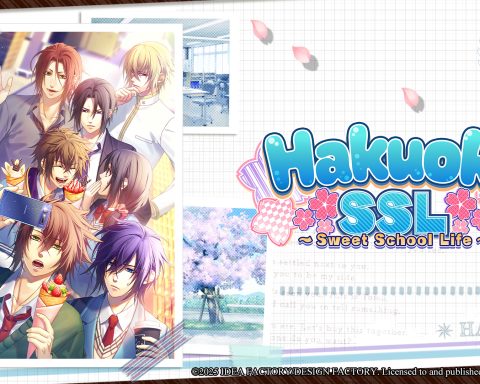
Frickin’… bravo. That is all.
I don’t care about Sony anymore. After reading this I can tell Jim Ryan is the culprit.
Yep. No company is one single person, but Jim was very much a driving influence, and the timelines between Sony changing to become what it is today, and Jim becoming the boss-man, are not coincidental.
I’ll be interested to see if it evolves at all. Be sure to report on it if Sony starts backing creative games again.